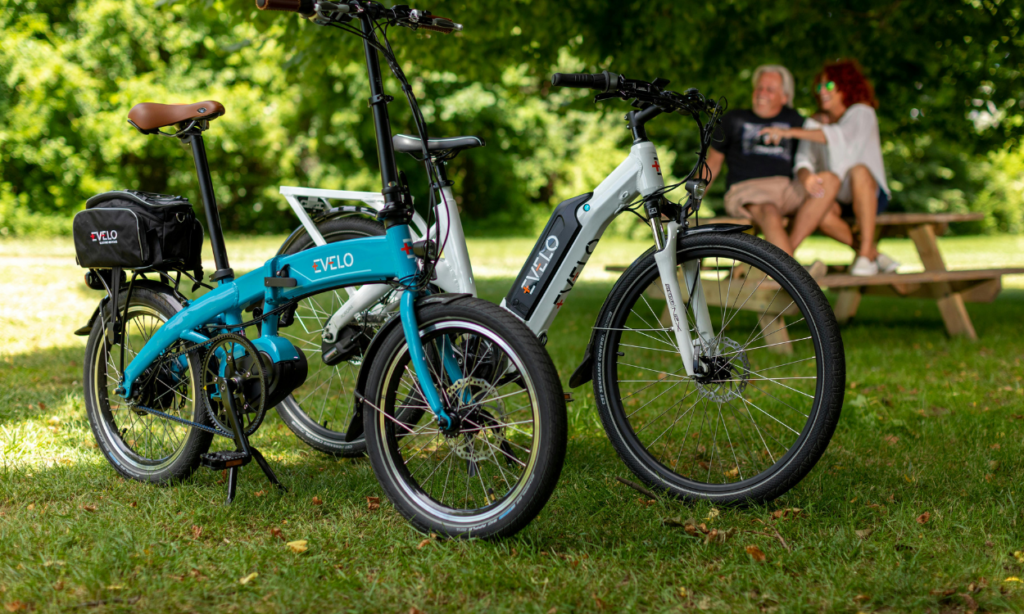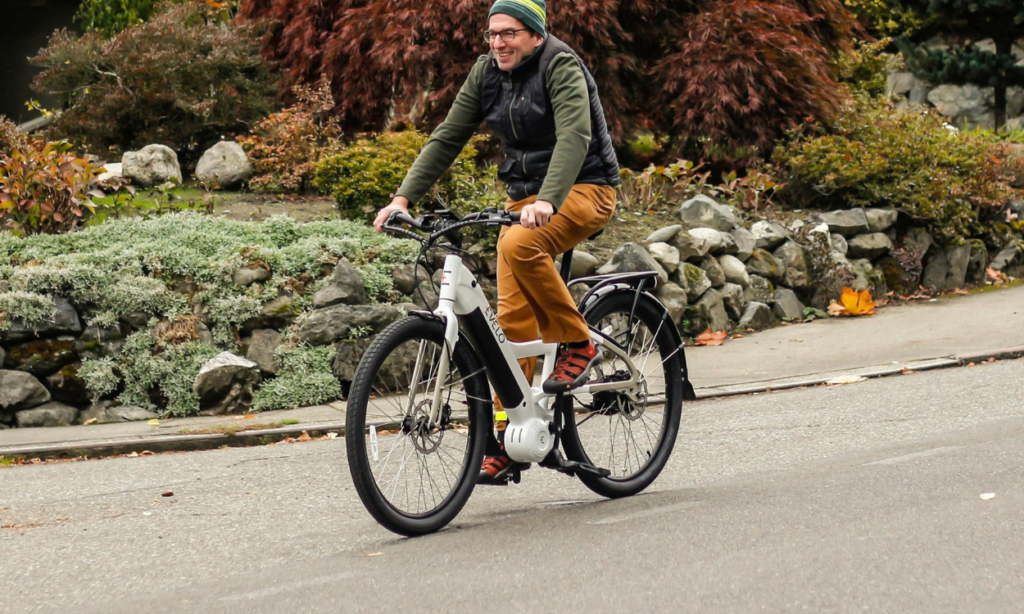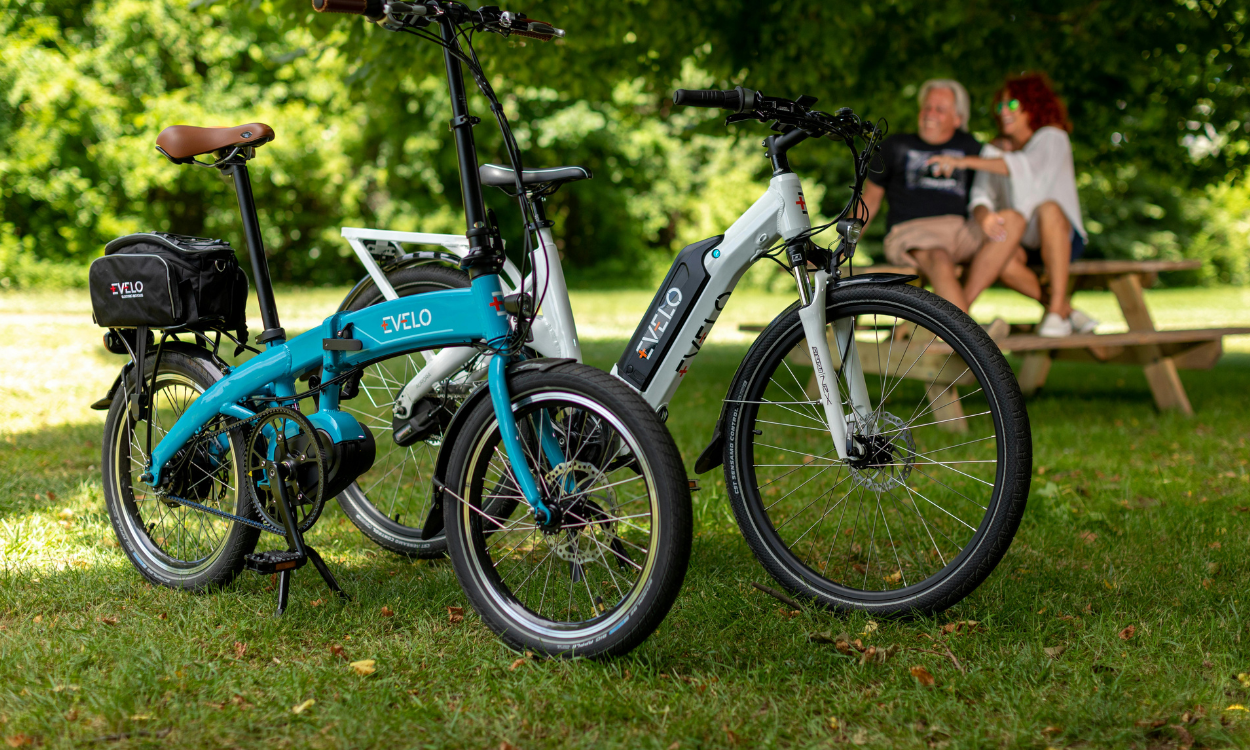Power, Performance, and Sustainability: The Rise of Electric Cycles
The world is in the midst of a major transformation, with the rise of electric vehicles (EVs) leading the way to a greener, more sustainable future. Among the many innovations in the world of eco-friendly transportation, electric cycles are quickly becoming a significant part of the conversation. With their powerful motors, high-performance features, and low environmental impact, electric cycles are not only reshaping the way we think about cycling but also playing a key role in promoting sustainability and reducing carbon footprints.
Table of Contents

The Power Behind Electric Cycles
At the heart of every electric cycle is a powerful motor that gives riders the ability to conquer challenging terrains, cruise through city streets with ease, and travel longer distances without breaking a sweat. Unlike traditional bicycles, which rely solely on human power, electric cycles offer a boost from an integrated electric motor. This motor is powered by a rechargeable battery, which provides a steady flow of energy to assist the rider in pedaling.
The power of electric cycles allows for greater versatility in cycling. Whether it’s commuting to work, tackling steep hills, or taking long recreational rides, these cycles provide a unique advantage that traditional bicycles simply cannot offer. With different power options available, riders can choose the level of assistance that suits their needs, ensuring an optimized riding experience. The motor, while offering a boost, doesn’t eliminate the physical activity entirely, making electric cycles a perfect blend of effort and convenience.

Performance that Delivers
When it comes to performance, electric cycles stand out from the crowd. With advancements in technology, modern electric cycles offer superior performance that rivals traditional bicycles and even some motorized vehicles. Riders can experience smooth acceleration, comfortable handling, and an overall enjoyable ride.
Electric cycles are designed with features that enhance their performance, such as advanced suspension systems, hydraulic brakes, and lightweight frames. These features ensure that the ride is both smooth and safe, even in demanding conditions. Whether riding through urban streets or navigating rugged trails, electric cycles offer the performance capabilities needed to handle a variety of terrains and riding conditions.
The integration of high-performance motors also means that riders can maintain higher speeds for longer periods of time, without feeling fatigued. This makes electric cycles an excellent choice for commuters who need to get to their destination quickly while avoiding the stress of traffic. For recreational cyclists, electric cycles offer the ability to explore further distances and enjoy longer rides with reduced physical strain.
Sustainability at Its Core
One of the most compelling reasons for the rise of electric cycles is their contribution to environmental sustainability. As the world grapples with the effects of climate change, electric cycles offer a cleaner, greener alternative to gas-powered vehicles. By utilizing a battery-powered motor, electric cycles produce zero emissions, making them an eco-friendly mode of transportation.
Electric cycles also play a significant role in reducing the demand for fossil fuels, helping to mitigate the environmental impact of traditional transportation options. As cities around the world look for ways to reduce their carbon footprints, electric cycles are increasingly seen as a viable solution for urban mobility. With their ability to replace short car trips, electric cycles help reduce air pollution, traffic congestion, and the reliance on nonrenewable resources.
Beyond the environmental benefits, the materials used in electric cycles are often chosen with sustainability in mind. Many manufacturers are prioritizing the use of recyclable and eco-friendly materials in their designs, from the frame to the battery components. This attention to sustainability ensures that the rise of electric cycles contributes to a circular economy, where products are built to last and can be reused or recycled at the end of their lifecycle.
The Growth of Electric Cycle Market
As electric cycles gain popularity around the world, the market for these sustainable vehicles is expanding rapidly. With more people seeking eco-friendly alternatives for transportation, the demand for electric cycles is growing, leading to increased innovation in design, features, and technology.
Manufacturers are continuously improving the power, performance, and sustainability aspects of electric cycles to meet the evolving needs of riders. From better battery efficiency and longer ranges to lighter frames and enhanced motor capabilities, the future of electric cycling looks promising. With growing support from governments, environmental organizations, and urban planners, electric cycles are becoming a mainstream solution to urban mobility challenges.
Additionally, the rise of electric cycles has sparked a cultural shift towards healthier and more sustainable living. More people are embracing cycling as an alternative to driving, not only to reduce their environmental impact but also to improve their overall health. With the added power assistance, cycling becomes accessible to a wider range of people, including those who may not have previously considered it as an option due to physical limitations.
Why Choose Electric Cycles?
The decision to switch to an electric cycle is not only driven by the desire for an eco-friendly mode of transport but also by the numerous advantages they offer in terms of performance and power. Here are some of the key reasons why people are choosing electric cycles:
- Eco-friendly Transportation: Electric cycles produce zero emissions, helping reduce the carbon footprint and contributing to a cleaner environment.
- Cost-Effective: Compared to cars or motorbikes, electric cycles are significantly cheaper to maintain. With no fuel costs and minimal maintenance requirements, they offer long-term cost savings.
- Health Benefits: While they assist with pedaling, electric cycles still require physical activity, which promotes fitness and improves cardiovascular health. They provide a fun and low-impact way to exercise while also reducing the risk of injuries compared to other forms of high-impact sports.
- Convenience and Flexibility: Whether commuting to work or running errands, electric cycles make it easier to navigate crowded streets and reach your destination faster without the hassle of parking or dealing with traffic.
- Accessibility: With adjustable power settings, electric cycles cater to a wide range of fitness levels, making cycling accessible to a broader demographic, including older individuals or those recovering from injuries.
Conclusion
The rise of electric cycles marks an exciting shift towards more sustainable, efficient, and enjoyable transportation options. With their power, performance, and environmental benefits, electric cycles are revolutionizing the way people travel. Whether for commuting, recreation, or health, they offer an innovative and eco-friendly alternative to traditional forms of transport. As technology continues to improve, the future of electric cycles looks even brighter, promising a cleaner, healthier, and more sustainable world for generations to come.





